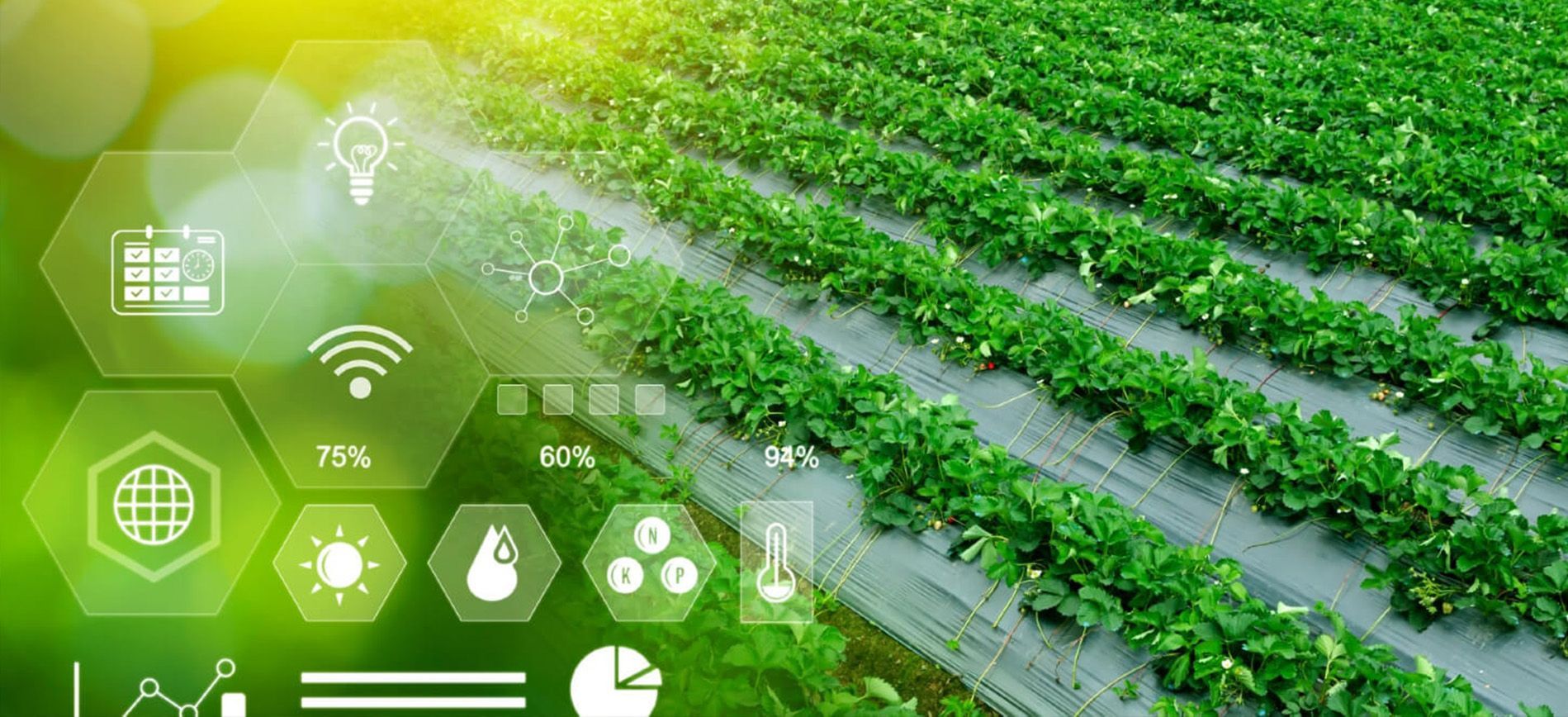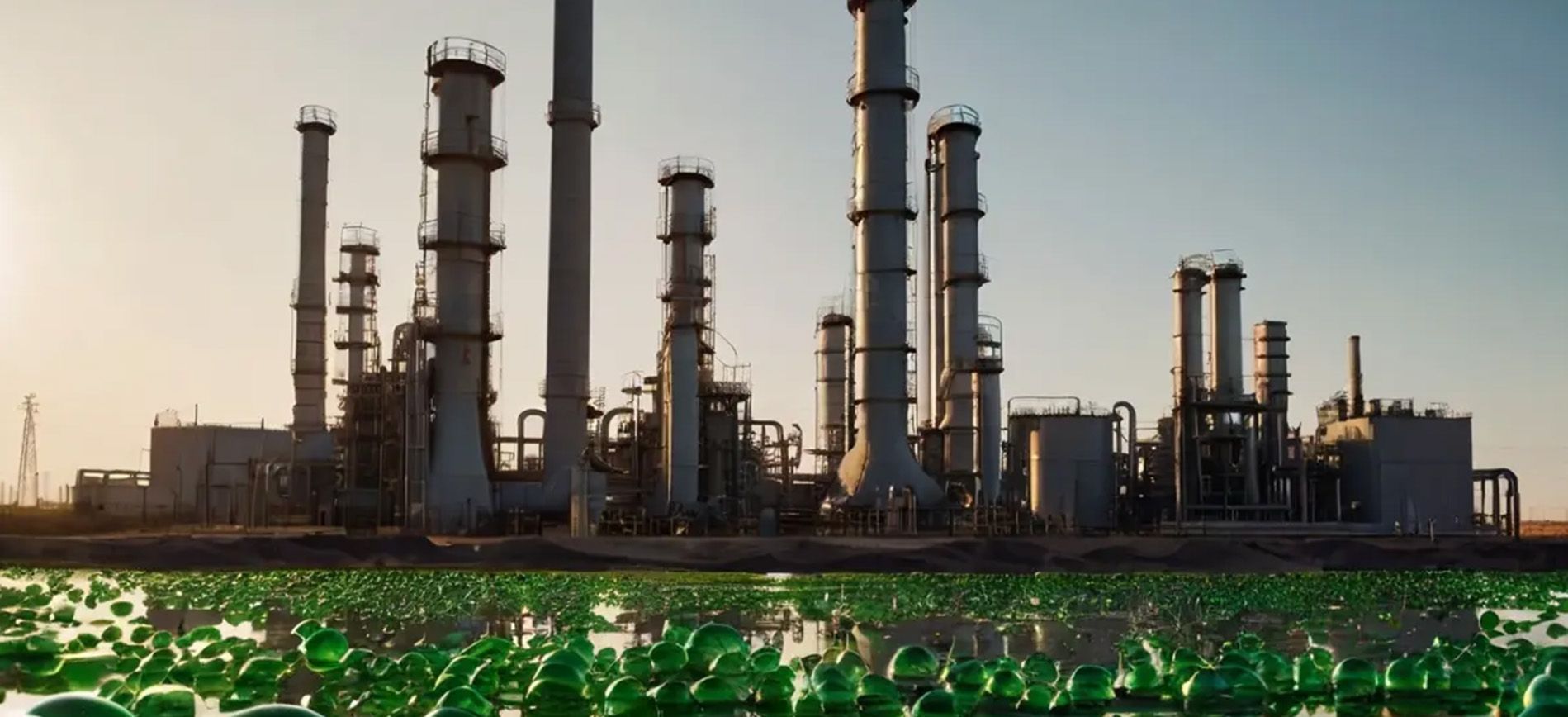The Crucial Role of Iron Ore in Global Steel Production
The Crucial Role of Iron Ore in Global Steel Production

Iron ore serves as the cornerstone of steel production, the backbone of global infrastructure, manufacturing, and industrial sectors. As the world’s most essential metal for construction, automotive, and machinery, steel owes its existence to the extraction and refinement of iron ore. This blog delves into the pivotal role iron ore plays in steel manufacturing, the various types of iron ore, and its indispensable place in modern industrial economies.
What is
Iron Ore?
Iron ore is a naturally occurring mineral composed predominantly of iron oxides, such as hematite and magnetite. Iron ores are extracted from the earth’s crust through mining processes and refined into iron-rich concentrates. These concentrates are crucial inputs for blast furnaces and direct reduction plants, which convert them into steel.
Types of Iron Ore:
1. Hematite (Fe2O3):
Hematite contains a higher iron content, typically around 70%. Due to its abundance and high iron concentration, it is the most economically viable and widely used form of iron ore in steel production.
2. Magnetite (Fe3O4):
Magnetite is another form of iron ore that contains a high iron content, though slightly lower than hematite. Its magnetic properties make it an attractive raw material for certain industrial applications, particularly in the production of high-grade steel.
3. Limonite (Feo(OH)·nH2O) and Siderite (FeCO3):
These ores contain lower iron concentrations but are still used in some regions as supplemental raw materials for steelmaking. They require more energy-intensive processing to extract usable iron content.
The Steel-Making Process:
Once extracted, iron ore undergoes several processing stages before it can be converted into steel. These stages include:
1. Crushing and Grinding:
The extracted iron ore is crushed into smaller fragments and ground into a fine powder to improve its surface area for more efficient smelting.
2. Concentration:
Through physical processes such as magnetic separation or flotation, the iron content is concentrated by removing impurities like silica and alumina.
3. Pelletizing:
The concentrated iron is mixed with binders to form iron ore pellets, which are then hardened through heating. These pellets are uniform in size and shape, improving blast furnace efficiency.
4. Smelting in Blast Furnaces or Direct Reduction Plants:
The pellets or iron ore lumps are then introduced into blast furnaces or direct reduction furnaces, where they are smelted to produce pig iron or sponge iron. These intermediaries are further refined into steel.
The Importance of Iron Ore in Global Steel Production:
Steel remains a vital material in almost every sector of the global economy. From infrastructure development to automotive manufacturing, the demand for high-quality steel continues to grow. Iron ore is a critical resource, and its supply chain plays a significant role in the global economy.
1. Infrastructure and Construction:
Iron ore-based steel is fundamental to constructing buildings, bridges, and transportation systems. The strength and versatility of steel make it ideal for supporting the weight of skyscrapers and other heavy structures.
2. Automotive and Transportation:
In the automotive industry, steel manufactured from iron ore is essential for making vehicle frames, engines, and other durable components. Steel’s ability to withstand impact makes it crucial for safety in automobiles.
3. Heavy Machinery and Equipment:
Steel is integral in producing heavy machinery and industrial equipment. Iron ore’s conversion into steel ensures that industries like mining, agriculture, and manufacturing have access to strong, reliable materials to build machinery that can endure harsh environments.
4. Global Trade and Industrialization:
Iron ore is one of the most widely traded commodities globally. Countries such as Australia, Brazil, and China are the leading exporters and consumers of iron ore. The demand for steel, driven by industrialization in emerging markets and global infrastructure projects, ensures a steady demand for iron ore, which continues to shape the global economy.
Environmental Impact and Sustainability:
While iron ore mining is an essential economic activity, it also has significant environmental implications. Mining processes can lead to deforestation, soil degradation, and air and water pollution. However, advancements in mining technology and efforts to reduce the carbon footprint of steel production are making the industry more sustainable.
1. Energy Efficiency:
New technologies, such as electric arc furnaces (EAFs) and hydrogen-based direct reduction processes, are helping to reduce energy consumption and emissions in steel production. These methods rely on recycled steel and more efficient energy sources, thereby reducing the reliance on raw iron ore.
2. Recycling and Reuse:
Recycling steel is another key component of sustainable steel production. Using scrap steel reduces the need for fresh iron ore extraction, lowering the environmental impact of mining and conserving natural resources.
Iron Ore’s Role in the Future of Steel Production:
As industries seek more environmentally friendly production methods, the steel sector is exploring new ways to reduce carbon emissions. Iron ore remains central to these innovations, particularly as new processes, such as carbon capture and storage (CCS) and the development of low-carbon steel, emerge. Companies and governments are working together to create a future where steel production is more sustainable and eco-friendly, without compromising on the quality and strength that iron ore-based steel offers.
Conclusion:
Iron ore is an irreplaceable raw material for steel production, providing the foundation for modern infrastructure, transportation, and industry. As the global demand for steel continues to grow, so does the significance of iron ore in ensuring a steady supply of high-quality steel. Advances in sustainable mining and steel production technologies will further cement iron ore’s critical role in the future of industrialization and economic development.




